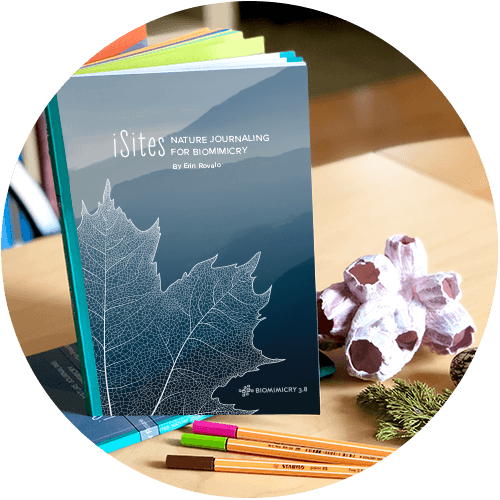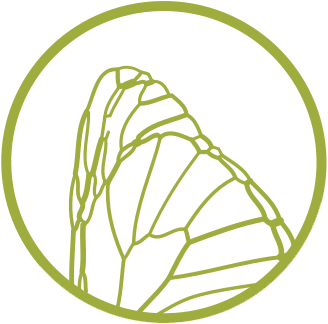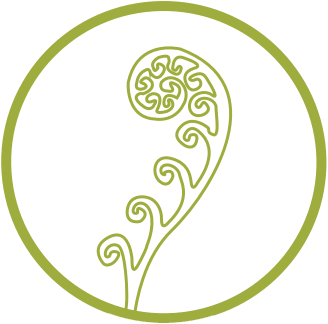Like a school bus pirouetting under water, a humpback whale (Megaptera novaeangliae) – 40-50 feet long and weighing nearly 80,000 pounds – swims in circles tight enough to produce nets of bubbles only 5 feet across while corralling and catching krill, its shrimp-like prey. It turns out that the whale’s surprising dexterity is due mainly to its flippers, which have large, irregular looking bumps called tubercles across their leading edges. Whereas sheets of water flowing over smooth flippers break up into myriad turbulent vortices as they cross the flipper, sheets of water passing through a humpback’s tubercles maintain even channels of fast-moving water, allowing humpbacks to keep their “grip” on the water at sharper angles and turn tighter corners, even at low speeds.
Wind tunnel tests of model humpback fins with and without tubercles have demonstrated the aerodynamic improvements tubercles make, such as an 8% improvement in lift and 32% reduction in drag, as well as allowing for a 40% increase in angle of attack over smooth flippers before stalling. A company called WhalePower is applying the lessons learned from humpback whales to the design of wind turbines to increase their efficiency, while this natural technology also has enormous potential to improve the safety and performance of airplanes, fans, and more.
Explore more biomimicry examples from our growing database of 2100+ technological innovations and ideas, each inspired by nature’s genius, on AskNature.org.





